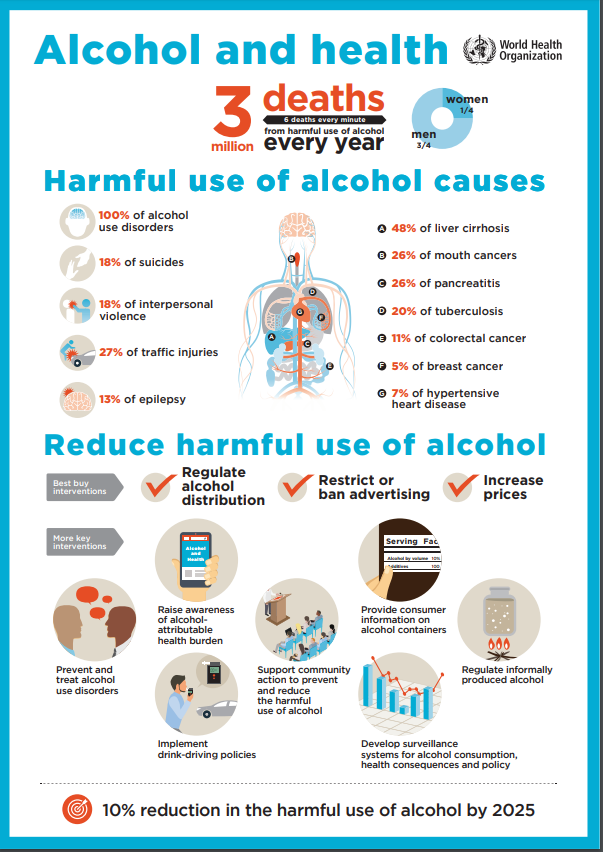Alcohol Kills Men More Often, but Women’s Death Rates Are Catching Up
Women are catching up to men when it comes to dying from alcohol abuse, a new study finds.
Although men are nearly three times more likely to die from alcohol abuse than women, such deaths among women are rising at a faster rate. Between 2018 and 2020, alcohol-related deaths rose 12.5% among men, but jumped nearly 15% among women.
“It’s really concerning,” said lead researcher Dr. Ibraheem Karaye, an assistant professor of population health at Hofstra University in Hempstead, N.Y.
For the study, he and his colleagues examined data on nearly 606,000 alcohol-related deaths between 1999 and 2020.
Karaye said he can’t say with certainty why this trend is happening. However, he thinks that the obesity epidemic among women may be tied to alcohol-related deaths because it comes with a higher risk of alcohol concentration.
“You are more likely to observe toxicity and develop complications and die as a result of that,” he said.
Moreover, alcohol-related deaths are also compounded by simultaneous opioid use, Karaye added.
“In some alcohol-related deaths, there is a very high chance that individuals do not only consume alcohol but also opiates,” he said. “Studies increasingly show that alcohol and opioid co-involved mortality absolutely exist.”
The researchers also found that among white, Hispanic and Black women, the use of alcohol is on the rise as are alcohol-related deaths. Alcohol-related deaths among women are higher in the South and West than in the Northeast and Midwest, Karaye added.
Linda Richter is senior vice president for prevention research and analysis at the Partnership to End Addiction.
“This study highlights the importance of not losing sight of the risks of alcohol, despite the widespread and deeply-ingrained normalization of its use in our society. With all the focus on opioids like fentanyl, we’ve taken our eye off the real dangers associated with excessive alcohol use, which causes significantly more deaths annually than all drugs,” said Richter, who was not part of the new study.
The harms are not limited to the most extreme consequence of death, she noted. “In recent years, we’ve seen increases in risky drinking, with rates of increase higher among females than males. This narrowing of the long-standing sex gap in risky alcohol use and, as this study shows, mortality, underscores the need to drive more resources to raise public awareness and offer effective and early interventions to stem this tide.”
Along with greater acceptance of alcohol use, including binge drinking and excessive use, some of the risk factors for drinking that are more prevalent in females have increased as well, including stress, anxiety and depression, Richter added.
“And due to physiological sex differences in alcohol’s effects, biological females who drink excessively experience alcohol-related harms more quickly and intensely than males — a fact well known to researchers and clinicians, but not widely understood by the general public,” Richter said.
The narrowing of the sex gap in risky alcohol use is most prominent among younger people, although that does not appear in these mortality data, she said.
“But to reduce these increasing mortality rates in the long term, we must invest in prevention efforts that start early and continue throughout the life span in age-appropriate and research-informed ways,” Richter added.
For more on alcohol and your health, see the U.S. National Institute on Alcohol Abuse and Alcoholism.

